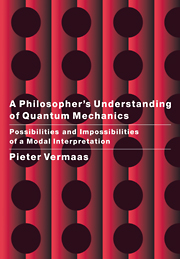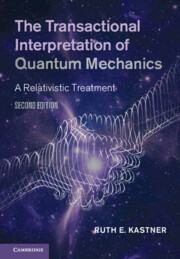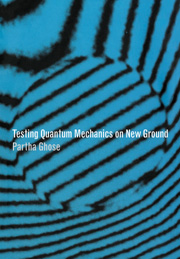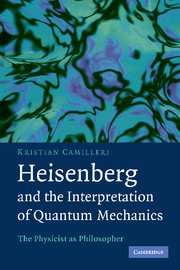A Philosopher's Understanding of Quantum Mechanics
Modal interpretations provide a general framework within which quantum mechanics can be considered as a theory that describes reality in terms of physical systems possessing definite properties. Modal interpretations are relatively new attempts to present quantum mechanics as a theory which, like other physical theories, describes an observer-independent reality. In this book, Pieter Vermaas details the results of this work. He provides both an accessible survey and a systematic reference work about how to understand quantum mechanics using a modal interpretation. The book will be of great value to undergraduates, graduate students and researchers in philosophy of science and physics departments with an interest in learning about modal interpretations of quantum mechanics.
- The most complete survey to date of the modal interpretation of quantum mechanics
- Impartial survey; does not attempt to push a certain case
- Organised so that it can be read either from beginning to end or used as a reference book
Reviews & endorsements
"In my view this work will turn out to be a milestone in the project, now already 30 years old, of modal interpretations." Studies in History and Philosophy of Modern Physics
Product details
July 2005Paperback
9780521675673
308 pages
244 × 170 × 16 mm
0.783kg
Available
Table of Contents
- 1. Introduction
- 2. Quantum mechanics
- 3. Modal interpretations
- Part I. Formalism:
- 4. The different versions
- 5. The full property ascription
- 6. Joint property ascriptions
- 7. Discontinuities, instabilities and other bad behaviour
- 8. Transition probabilities
- 9. Dynamical autonomy and locality
- Part II. Physics:
- 10. The measurement problem
- 11. The Born rule
- Part III. Philosophy:
- 12. Properties, states, measurement outcomes and effective states
- 13. Holism versus reductionism
- 14. Possibilities and impossibilities
- 15. Conclusions.






